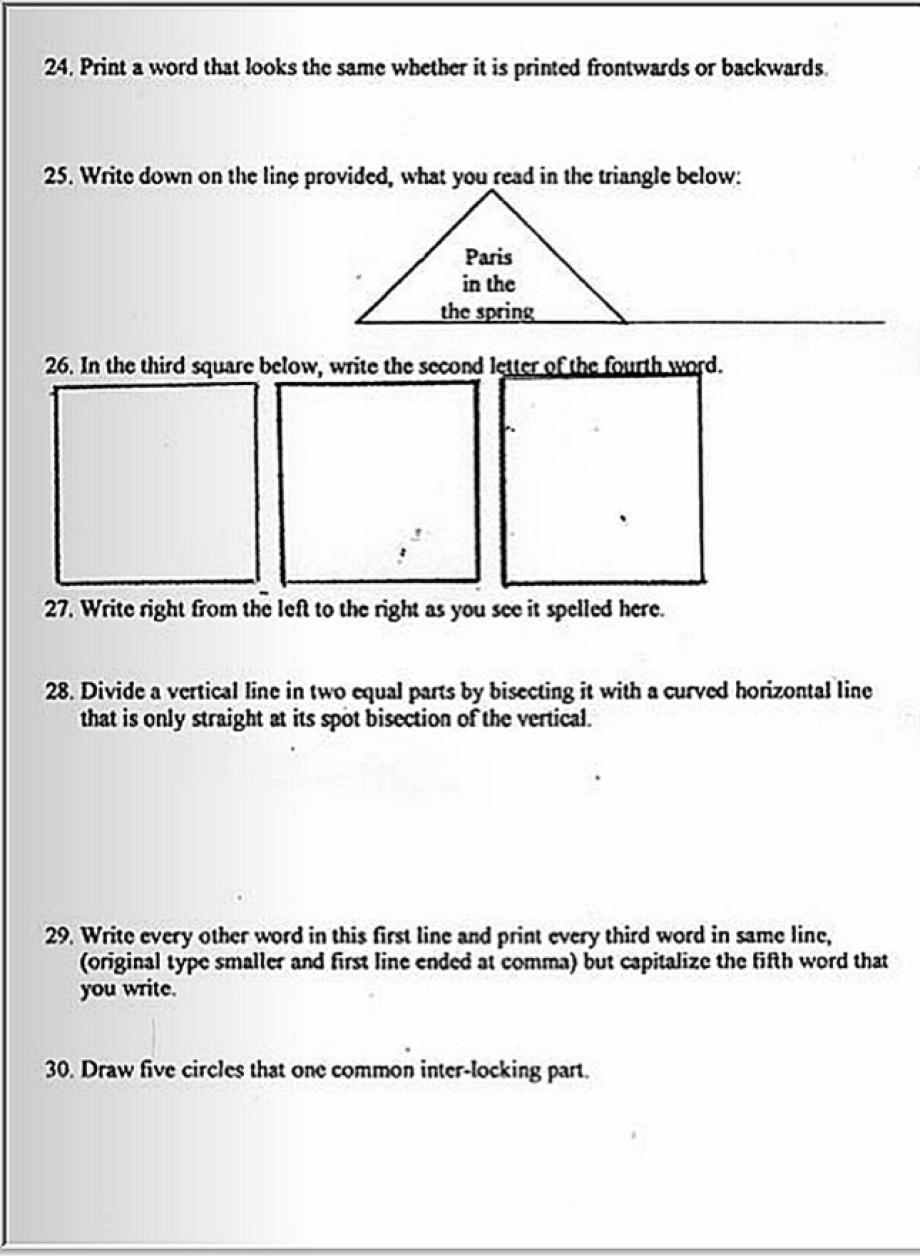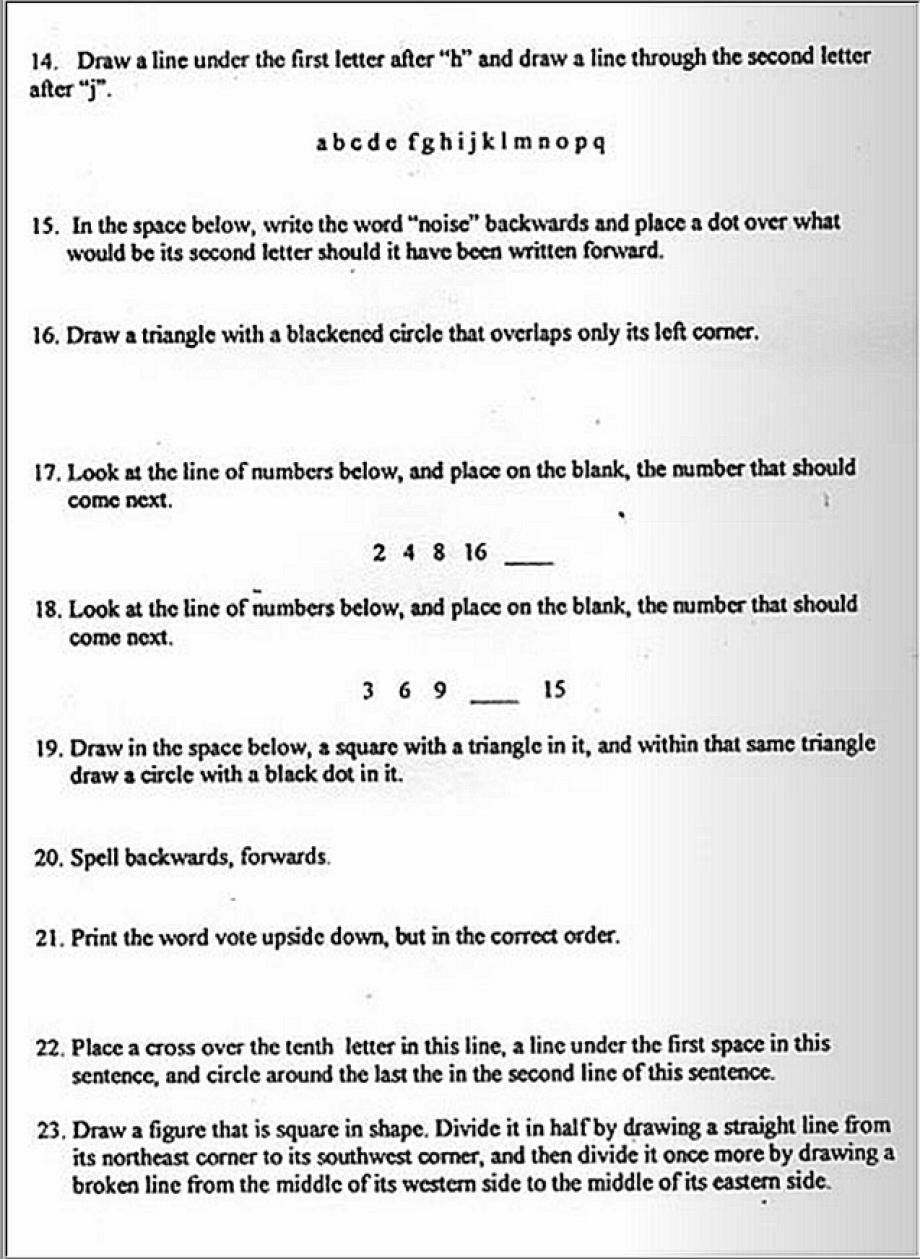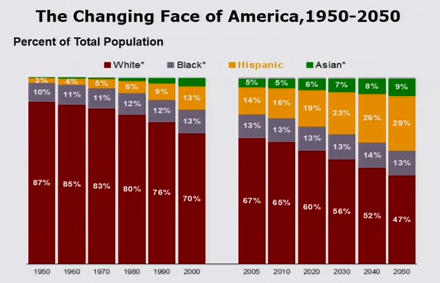 Excellent Occidental College student Ryan Metzler made a great 7 minute documentary about the decline of heteronormativity. Interviewing me and several other scholars and activists about the history of marriage and the changing definition of family, he offers a quick and optimistic analysis of what it means for this country to be changing.
Excellent Occidental College student Ryan Metzler made a great 7 minute documentary about the decline of heteronormativity. Interviewing me and several other scholars and activists about the history of marriage and the changing definition of family, he offers a quick and optimistic analysis of what it means for this country to be changing.
Lisa Wade, PhD is an Associate Professor at Tulane University. She is the author of American Hookup, a book about college sexual culture; a textbook about gender; and a forthcoming introductory text: Terrible Magnificent Sociology. You can follow her on Twitter and Instagram.










